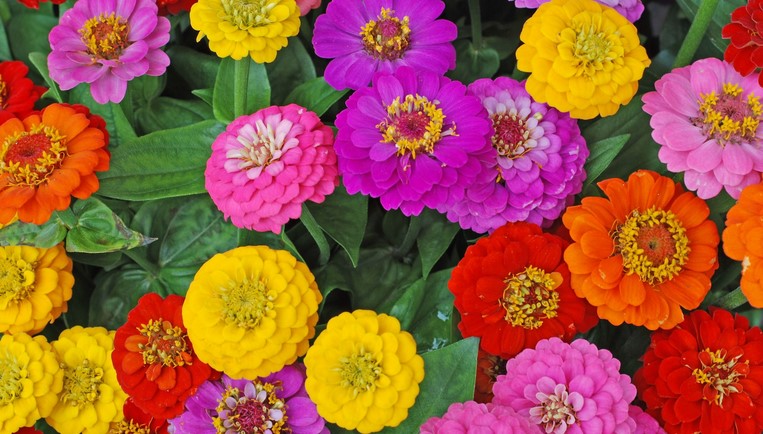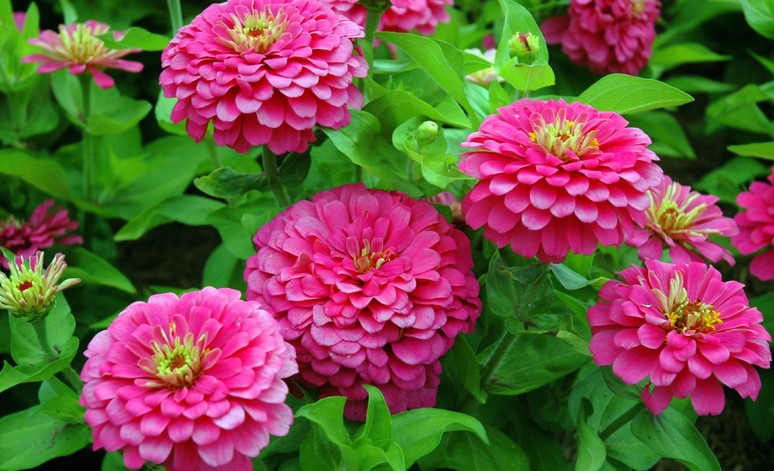The Zinnia flower belongs to the family Asteraceae and is a member of the tribe Heliantheae. It is native to dry grasslands and scrubland in a range of habitats, from the Southwestern United States to South America. Its centre of diversity is in Mexico.
Landscapers and home gardeners have been growing zinnias for their outstanding flower power for decades. These simple to care for flowers can lead to an impressive show of color in the garden. The best thing about zinnias is that they are easy to grow in a variety of climates and soil types. However, these easy-going plants do require some special care, particularly as it pertains to watering and fertilization. Below you will find some tips on growing zinnias that should help you enjoy a bountiful supply of these colorful flowers over the coming year.

Colors
The colors of Zinnia flowers are incredibly diverse. They can be single, double, or even bicolor. They are also drought-tolerant and attract pollinators, making them a great choice for container gardening. These flowers can grow up to three feet tall and produce a generous amount of blooms.
Shapes
Zinnia flowers come in a variety of shapes. These easy-to-grow plants produce heavy blooms. They can be either single or double-flowered. A single-flowered variety has a single row of petals around the circumference. A double-flowered variety has multiple rows of petals, with the pistil and stamen exposed in the center.
Size
The size of a Zinnia flower is an important factor to consider when choosing which variety to plant. Many varieties have flowers up to four inches in diameter, and some are taller than others. To get the biggest flowers possible, choose a plant with an abundance of double flowers. Also, look for plants with robust stems and disease-resistant foliage.
Care
Zinnia flower care involves taking a variety of steps to ensure the blooming of your zinnia plants. First and foremost, be sure to water your plants well. This is to counteract the hot, dry weather and help the flowers grow stronger. You may also need to keep an eye out for insect pests such as aphids and caterpillars. These pests can cause great damage to your plants, so it is best to keep a close watch.
Disease resistance
The disease resistance of zinnias depends on many factors, including the cultivars grown and the types of diseases that they are susceptible to. Some cultivars are resistant to powdery mildew and bacterial leaf and flower spot, while others are not. Plant breeders should continue to develop disease resistant cultivars.

Native range
Zinnia is a colorful, hardy perennial that blooms in the spring and summer. It has long, layered blooms that turn red as they age. Zinnia plants are very floriferous and will produce plenty of blooms until the first frost. They are ideal for growing in containers or as a border plant.
This all-season bloomer is a fun, easy-to-grow and bright addition to your home or garden. Keep it in an area that gets plenty of sunlight and you’ll be rewarded with vibrant colors and the sweet, uplifting smell of springtime. At just eight to 12-inches tall, zinnias are perfect for use as a border or foundation plant in the front of your garden. They also grow well in containers or even as indoor plants around windows. And although zinnias begin blooming in late summer, they continue producing colorful blooms until first frost.
